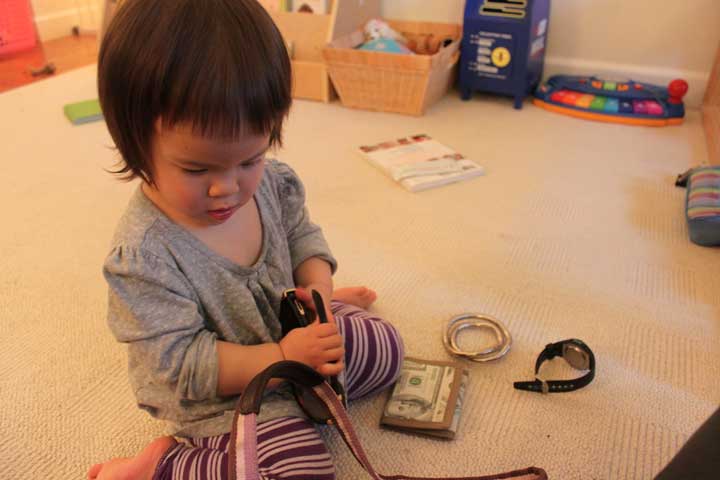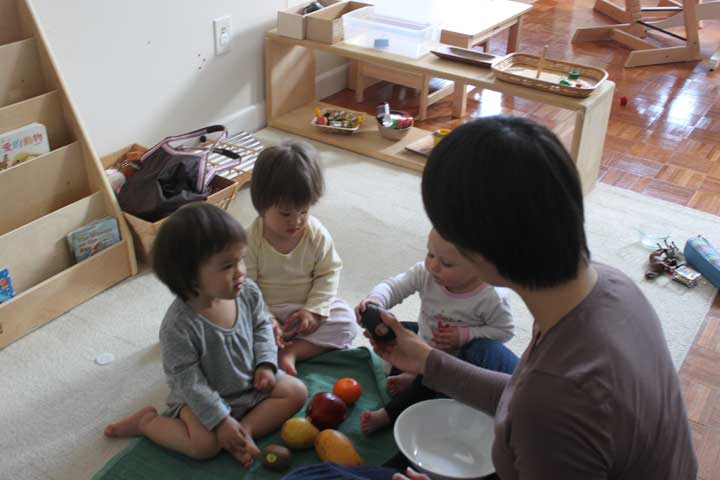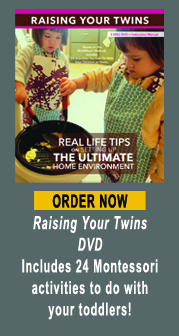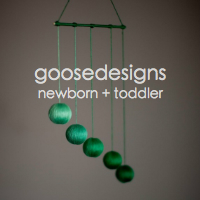Eating ‘Family-Style’
I have moved away from putting food in a bowl and handing it to my kids to eat. Instead, I decided to teach them to eat “family-style.” I was inspired by the Montessori classroom I visited in CT, where the children sat around a table and served themselves out of a serving bowl.
It also makes sense for our home because we eat dinner together every night. Being a Chinese mother, I can’t help myself, I want to make sure they eat, so I may be guilty of overfilling their bowls, JUST IN CASE they are super hungry (or my cooking is super delicious) and they want to eat all of it. Sometimes it’s wishful thinking, like when I try to hide the small mountain of sauteed spinach underneath the rice in Brooke’s bowl. But sometimes Mama can dream…
After seeing too much food in the trash, I decided to change tactics. I bought several colored serving bowls and serving utensils. They caught on quickly —
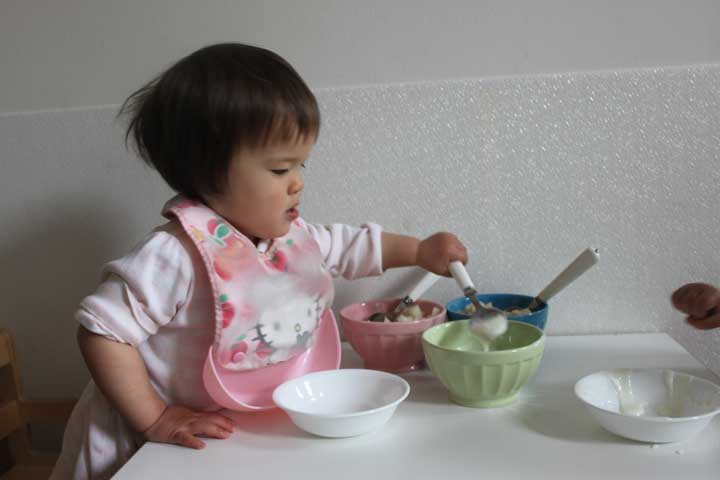
Breakfast is yogurt, pear and oatmeal. Mackenzie starts with the yogurt.


I helped her move the bowls around, so she can reach the oatmeal.

Here she is scooping up the pears

Brooke also helps herself to some pear
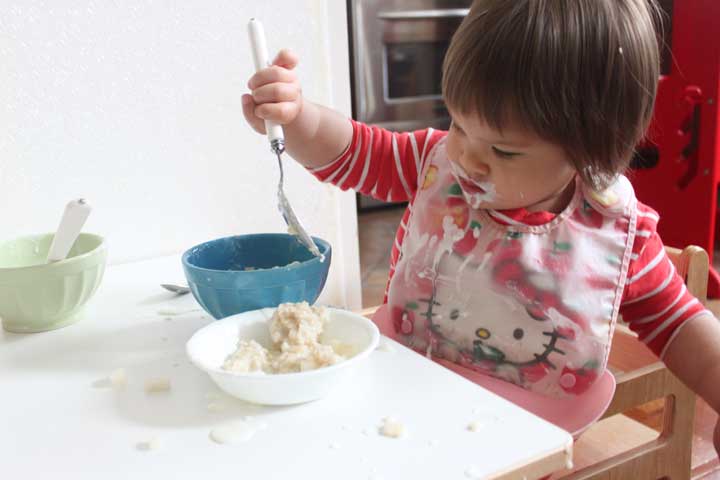
and some oatmeal…

This is what Mackenzie’s bowl looks like after she serves herself. Much more reasonable amount than what Mom usually puts in there! Plus, she can always serve herself more of something she wants – in her case, that would be more yogurt, which ranks as one of her favorite foods!
I’m happy to report that we are wasting much less food now that they are allowed to eat what they want and the amount they want. Alright, I still try to sneak spinach into Brooke’s bowl, but can you blame me?
Tip #1: Your child will need some help with this at the beginning. This activity touches on several different skills, including sequencing, distinguishing (this spoon is for serving, this spoon is for eating) and organizing. For example, B and M have the motor skills to scoop, but they need my help offering them the bowls one after another and they sometimes try to eat from the serving spoons. So be patient with them, this skill may take some time to master.
#2: Make sure your serving bowls and utensils have a different color and shape from their bowls and utensils. When they can distinguish the sets visually, it really helps them grasp the concept.
#3: This is also the perfect time to teach table manners, “May I offer you some more pear?” “I see you would like some more yogurt?”
The right material is key for your toddler, make sure you consider the size, weight and feel of each item before purchasing it. Here’s where I bought mine:
Serving Bowls:
These bowls are brightly-colored (but not gawdily-colored AND easily distinguishable from the white bowls they eat out of), high-quality and just the right size as children’s serving bowls. They come in many different appealing colors.
Bowls:
The white bowls my children eat out of are Corelle dessert bowls. They’re made of glass, but with all things Corelle, do not break easily. Toddlers are short (or vertically-challenged, if you like), so if the bowls that are tall and deep, they cannot see what’s inside their bowl when they are trying to scoop. Babies and toddlers generally know what they want, but they don’t have the motor skills to pick up exactly what they want yet. They are already working hard on their motor skills, so don’t make it any harder by blocking their view! These bowls are shallow so they can easily see what they are eating. We have 12 of these. I think each order comes with 6. I love these and cannot get enough of them!
Serving Spoons:
The serving spoons I bought at my local kitchen store (called ‘Vintage Spoons’) have a white handle at the top. They look a lot like this one I found online. The white handle at the top makes them easily distinguishable from the regular spoon.
Spoons:
Our spoons come from IKEA. They are the perfect size for toddlers, but in my opinion, a little too big for babies under 12 months.











